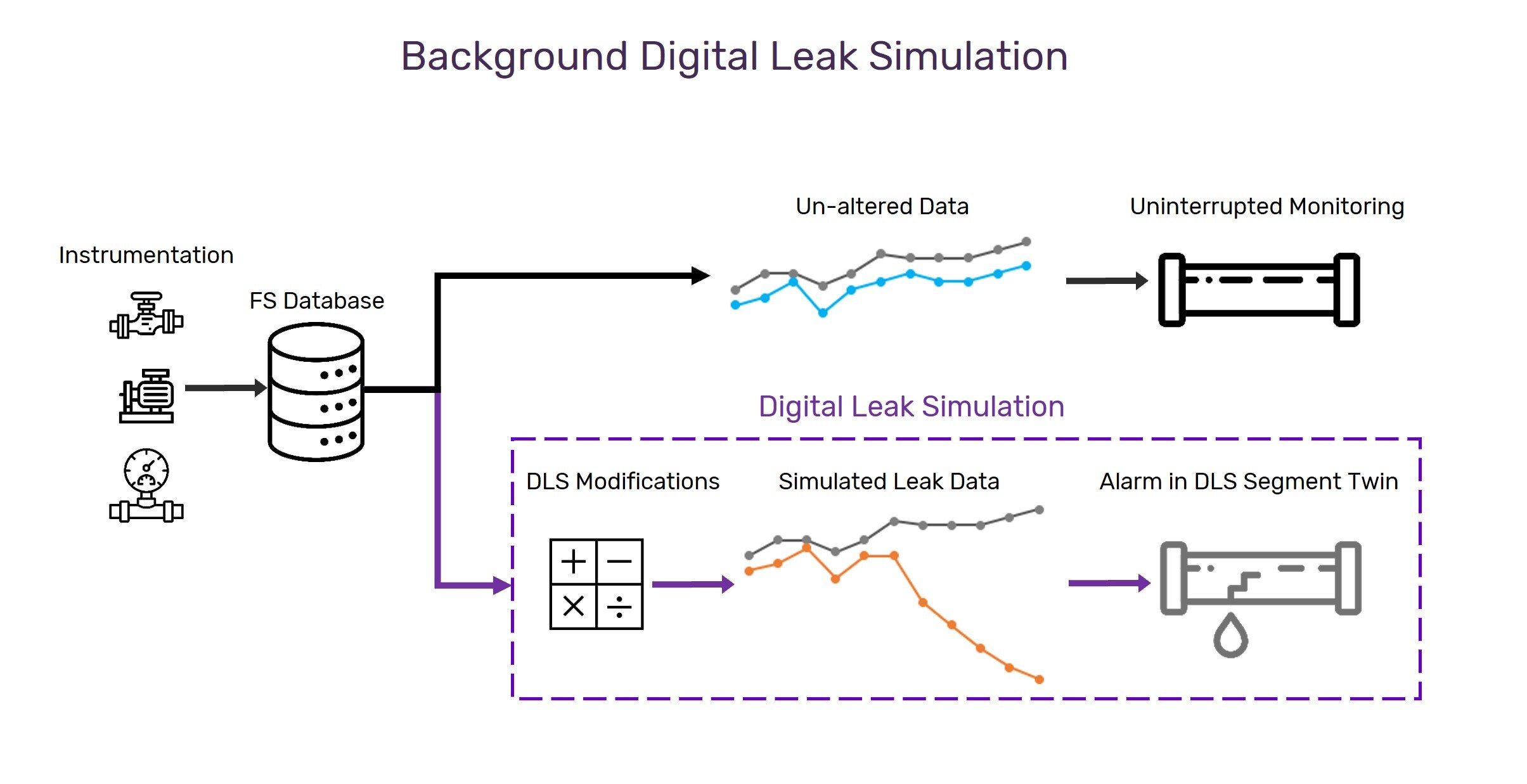
October is a scary month.
Stuff is literally dying all around us. Here in Wyoming the beautiful fall colors give way to grey skies and gloomy winter branches. There are ghosts, goblins, skeletons, zombies, and more lurking everywhere.
There are specific scary dates in October too. There is Black Cat Day, Frankenstein Friday, National Wicked Day, even Chucky, The Notorious Killer Doll Day - and then of course, the month wraps up with the main event, Halloween.
For pipeliners, there is a scary date coming next October. For operators of regulated, non-gathering hazardous liquid lines, October 1, 2024 marks the date that they are required to have an effective system for detecting leaks on those lines.
What’s scary about that?
Well, if you've ever embarked on an engineering, purchasing, or implementation project, you might relate to this frightening glimpse into the future.
Unfortunately, implementing an effective leak detection system is not something that is done over night. There are many things that can cause unexpected delays. Here are just a few we've run across in our experiences:
- Engineering Evaluation - The Liquid Pipeline Rule requires operators of affected pipelines to evaluate the capability of their leak detection systems considering a number of factors. If the line is in an HCA, there are further documentation requirements.
- Shopping Available Solutions - Once you've determined what kind of system is desired, it may take time to evaluate options. If this involves comparing multiple systems, this may take months - especially if you wish to do a pilot or demo.
- The Paperwork Gauntlet - Before you can move forward with any solution, you may have to complete a lot of paperwork, such as non disclosures, master services agreement, vendor authorizations, statements of work, security authorizations, budget approvals ... and more. This process often gets hung up for a number of reasons.
- Establishing Data Connection - Despite best laid plans, working through security protocols and complex security environments usually takes time. It often is plagued by unexpected hiccups. When all the kinks are worked out... then there is still the lurking horror that the data is not good, not correct, etc. Enter more delay.
- Leak Detection Build and Test - We're finally getting to the meat. Your selected vendor is finally building a leak detection system for your pipeline. This timeline can vary widely, but if you are looking for a sensitive system (catch small leaks quickly), or you have a complex line (many inputs, less than perfect data, lots of transient behavior, etc.), or you select a complex solution, it may take a while. It may take a long while.
- Adding Infrastructure - In many cases, operators find their pipeline doesn't have the infrastructure necessary to meet their leak detection needs. They may find they need to improve communications or improve data sampling. Even scarier, they may need to add or upgrade equipment such as a flow meter, a back pressure control valve, or pressure transducers. If you have tried to order equipment lately, you know that is not going to happen quickly. Then you have to schedule install, test, etc. If this is done after you've started work with your leak detection solution provider, you may go back to #4 or #5 again.
- Testing, Training, Updating Processes and Procedures - Don't forget to schedule in time for testing the system, training the users, and updating your processes and procedures. If you are utilizing a computational system for catching leaks, these elements are required by regulation and detailed in API RP 1130 Section 6. (Read more about the requirements in our previous post.)
All of these hang-ups can take weeks if everything goes smoothly - which it often does not. And the truth is, this task is often not the primary task for the people involved. It is often one of many, many things that need to get done. It can get back-burnered. There are schedule conflicts which push things out. Etc. This practical reality can add more significant delay into each step.
On top of all that, consider that many other operators may be in the same boat - competing for the same limited resources in leak detection vendors, pipeline infrastructure, etc. This may mean you don't get to start this timeline on demand.

Today is Halloween and I can't help but abuse a metaphor.
You know in those horror movies where something ominous is coming and the protagonist seem to be doing the best they can... but they trip when running. The door won't open. They can find their keys. They drop their keys. The car won't start.... A seemingly endless string of things continue to happen preventing the from reaching their goal.
We are working to clear the path, open the door, and have the car started and ready to go! (Okay... metaphor too far.) We have prepared our solution to be flexible to different IT environments, adaptable to a variety of operational scenarios, and with some preparation, able to be implemented in weeks not months. But hope for the best, prepare for the worst. We would love to help you get started on a leak detection solution sooner than later. And check out a previous post on leak detection requirements - including the implementation deadlines - in the Liquid Pipeline Rule.



Comments
Add Comment